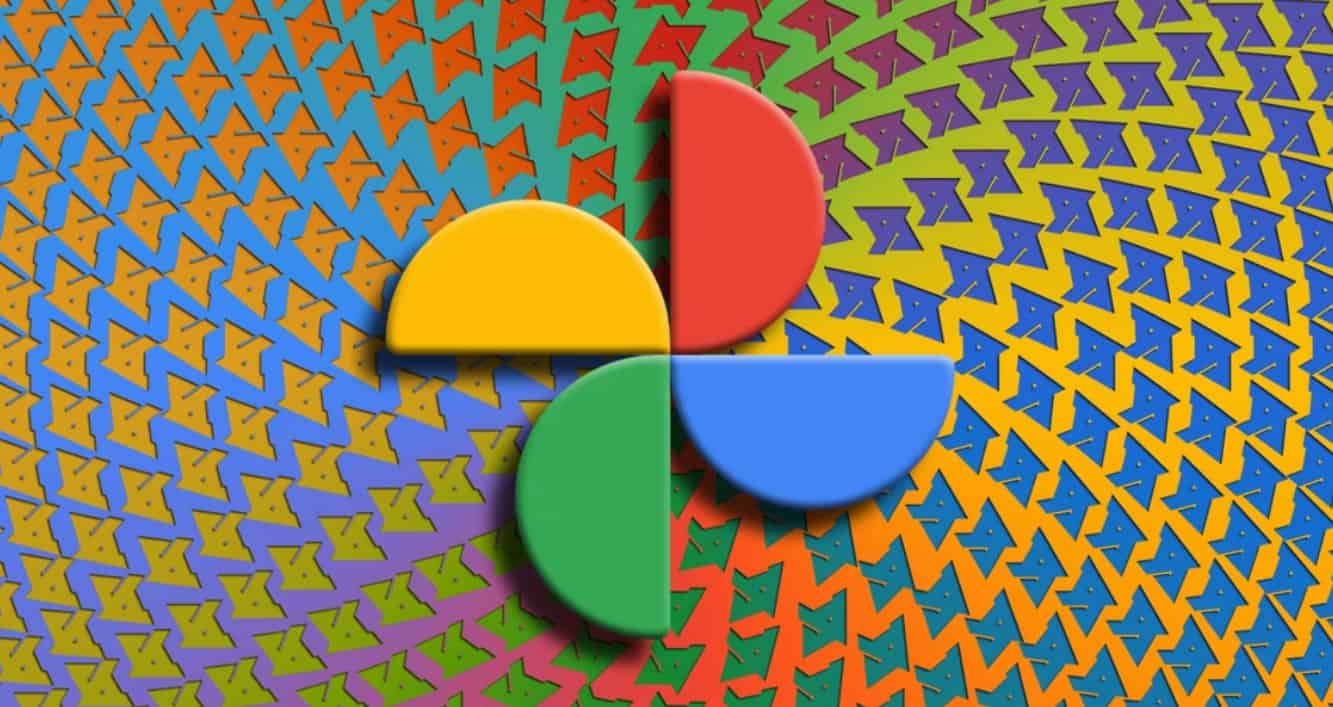We all love getting our own pictures and videos from events. But sometimes, the quality of photos we end up with boils down to our phone’s image formats and features. There has been an outcry in the tech world for features that provide perfectly processed images. As usual, Google has jumped into the pond and equipped Android 14 with plenty of premium tools, including HDR image support that uses a backward-compatible format to view images in Ultra-HDR for crisp and clear shadows and stunning bright content.
Ultra HDR is a JPEG_R file whose metadata includes a gainmap. This is needed for an HDR image version to be rendered on HDR displays and SDR images on SDR displays. Android expert Mishaal Rahman did some investigating with the help of XDA’s Dylan Raga and discovered that the update also includes new APIs that enhance HDR image support in third-party applications like Chrome.
The HDR addition is big news to both photography freaks and novices. Its image formats have powerful tools requiring less tone map processing to give an image a natural look. Conventional HDR containers are limited and would require a lot of squishing, trying to balance, and squeezing before getting the end product. Yet, the process will mostly camouflage key aspects of the image that need some exposure and give out a plastic look.
Clients will have different needs, so one size may not fit all. To avoid an imbalance between bright colors and naturally bright objects like the sky, the HDR comes efficiently equipped to make the whole effort less bent on tone map processing while improving contrast.
Having this feature in Chrome is a huge plus for browser support and an outreach tool for making such natural images a norm. It’s worth noting that HDR image support will work if your phone or any other device supports SDR dimming on Android 14. With SDR dimming, your images will still look good and clear, even with a dark or dim screen. So you don’t have to add your screen brightness to view your content. Against modern image formatting, HDR image support will certainly set the pace for natural, well-processed images.
Basic HDR video support launched in 2016, giving smartphone and television companies a great headstart in the race for high-quality content. By now, it’s almost impossible to find a midrange TV or smartphone without HDR support, and with Android 14, your images will look great, too.

